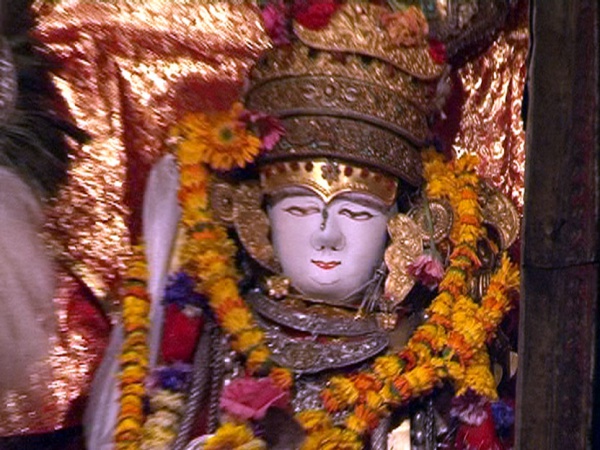Facts About Jana Baha Dyah Jatra
Jana Bahā Dyaḥ Jātrā is an annual chariot festival celebrated in Kathmandu, honoring Jana Baha Dyah, the Bodhisattva of compassion, also known as Aryavalokitesvara in Sanskrit. This colorful event occurs from the 8th to the 10th day of the bright fortnight of Chaulā, the sixth month in the Nepal Era lunar calendar. During this special occasion, locals have the rare opportunity to see the deity’s image outside his temple.
The festival begins with the transfer of the deity's image from the Jana Baha temple to Durbar Marg, where it is mounted on a towering 35-foot chariot. Musicians and ceremonial guards herald the installation, drawing excited crowds who then pull the chariot through the heart of Kathmandu. As the chariot progresses, devotees offer trays of offerings and light butter lamps at several designated stops. The journey is segmented into three stages, ensuring ample time for worship and adoration.
The chariot’s route includes significant stops at Asan, Kathmandu Durbar Square, and Lagan. The procession concludes after completing three rounds at the temple. Following the festival, the idol is returned to the temple, and the chariot is disassembled, ready to be reconstructed the following year. Jana Bahā Dyaḥ Jātrā is one of Kathmandu's two major chariot festivals, with its date varying according to the lunar calendar.
The origins of this festival are believed to date back to the sixth century, with written records from the 17th century documenting its rituals. According to legend, the deity Karunamaya was discovered by a farmer at the site where the chariot is now built. Similar chariot festivals, known as Bunga Dyah Jatra, are also held in Lalitpur and Dolakha during April and May.

 China
China